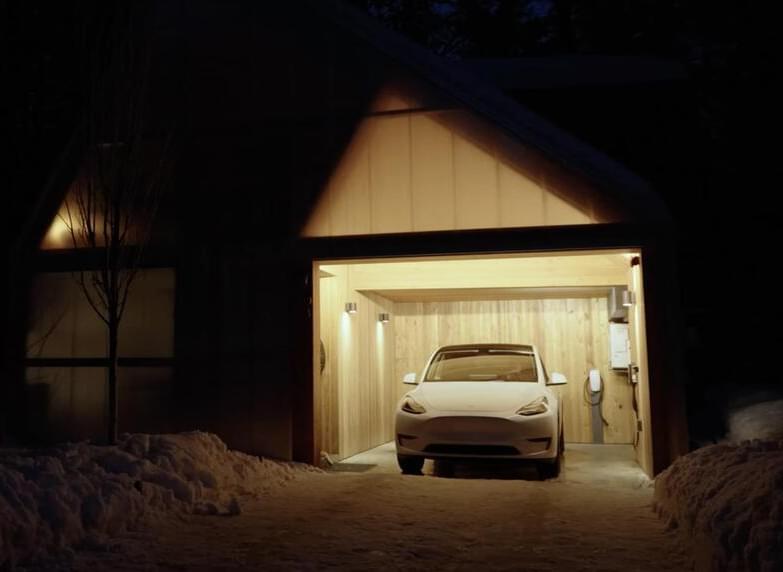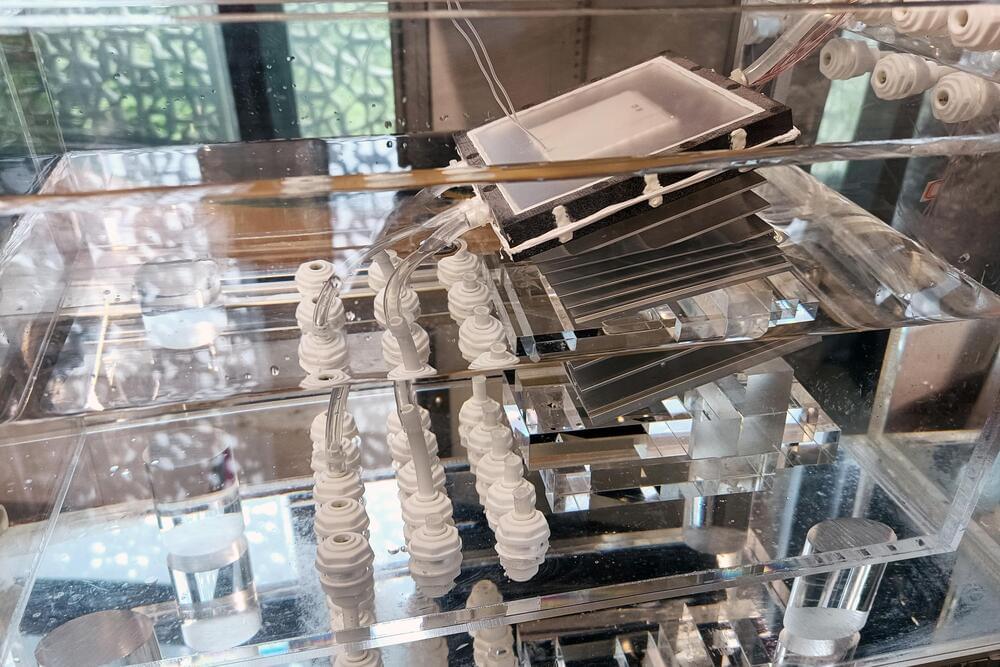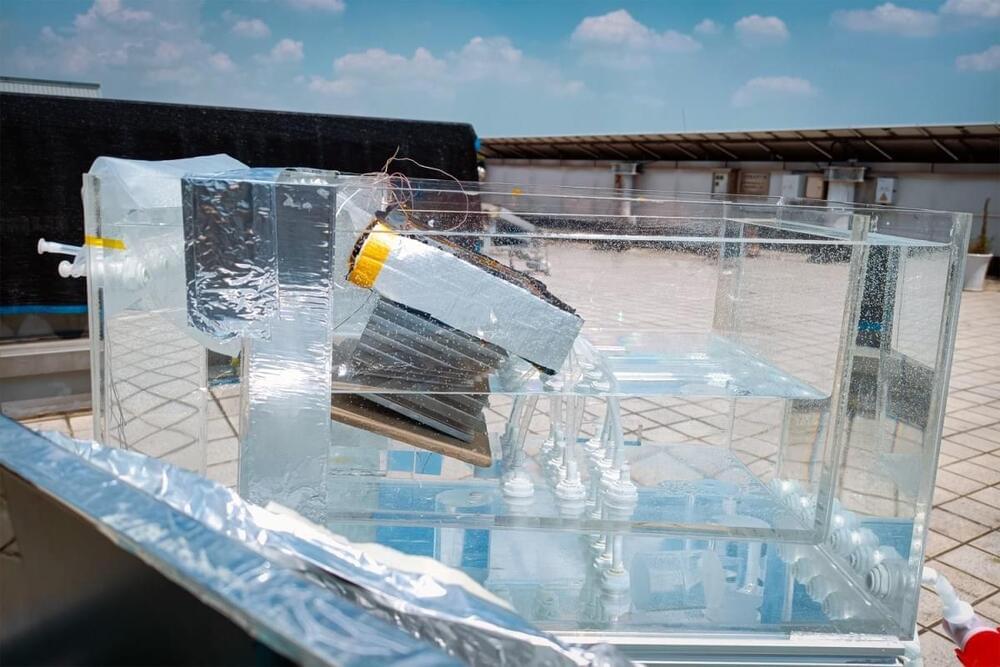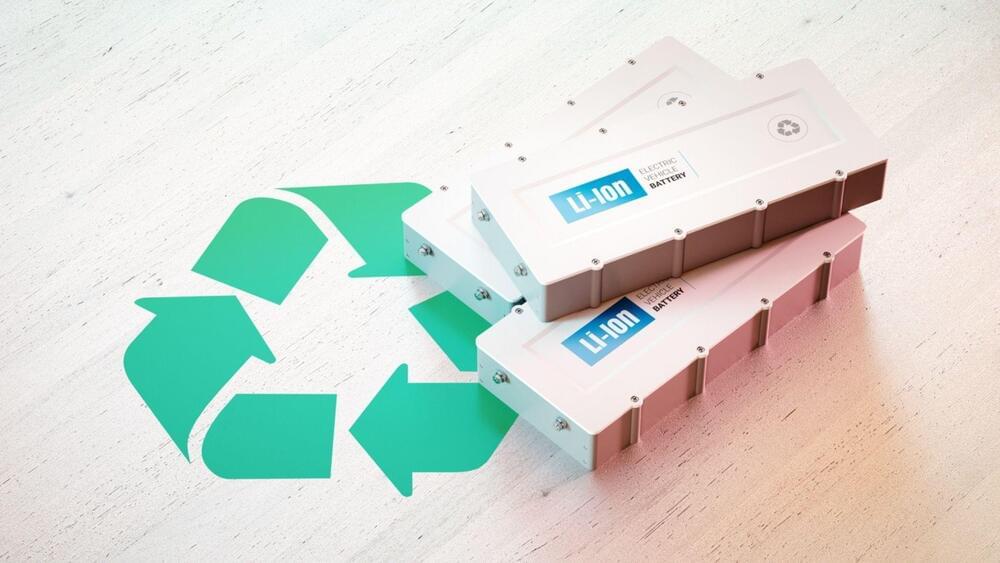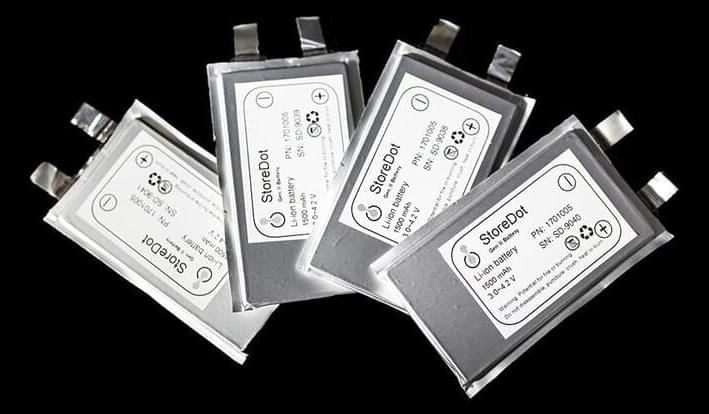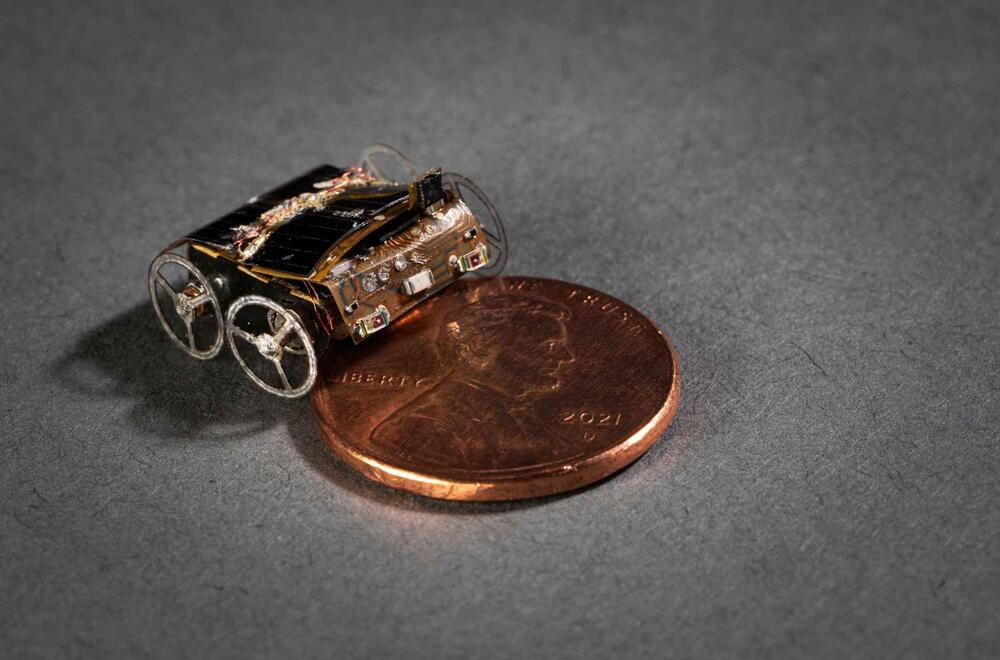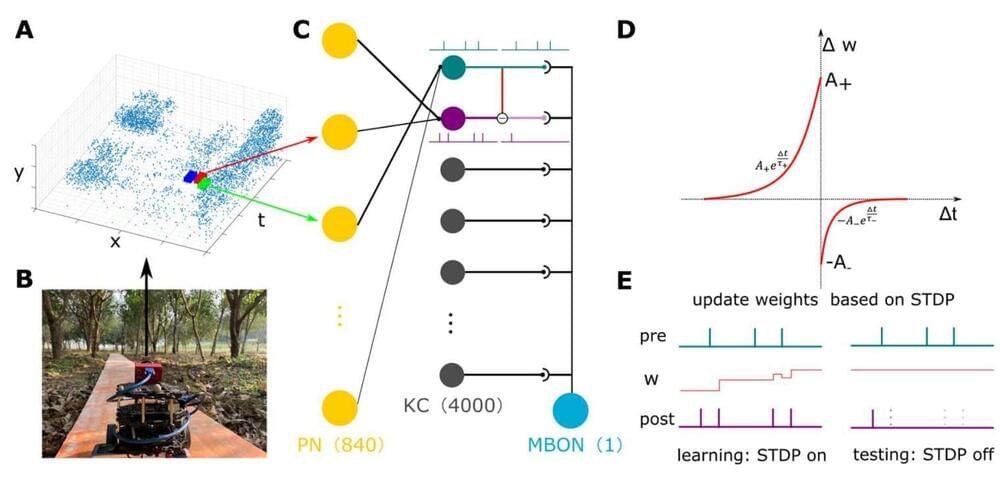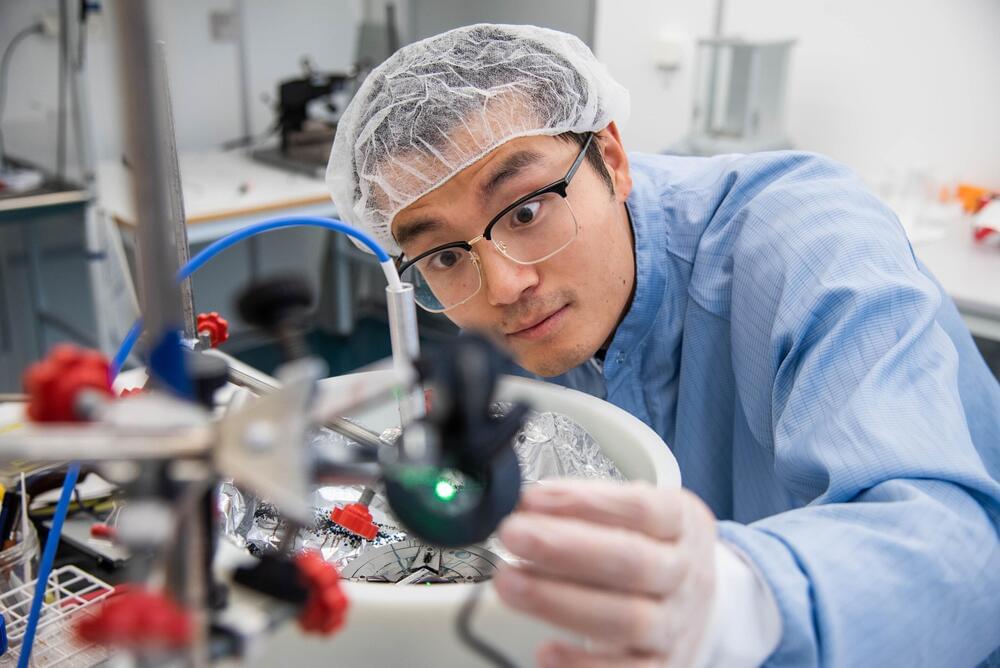Tesla’s vehicles come with various unique features, including the ability to use the mobile app to perform several different functions remotely. In a repost of another account pointing to the ability to set cabin temperature remotely, Tesla highlighted that preconditioning will also warm up the vehicle’s battery, helping to optimize range and overall performance.
On Wednesday morning, Tesla reposted a @WholeMarsBlog post on X describing the ability to pre-set cabin temperature remotely using the mobile app when it’s hot outside, meaning owners will “never get into a car that’s too hot or too cold again.”
Tesla piggybacked on the concept, pointing out that when users remotely precondition their cars during the winter, their batteries will also be warmed to the ideal temperature to improve vehicle performance.
